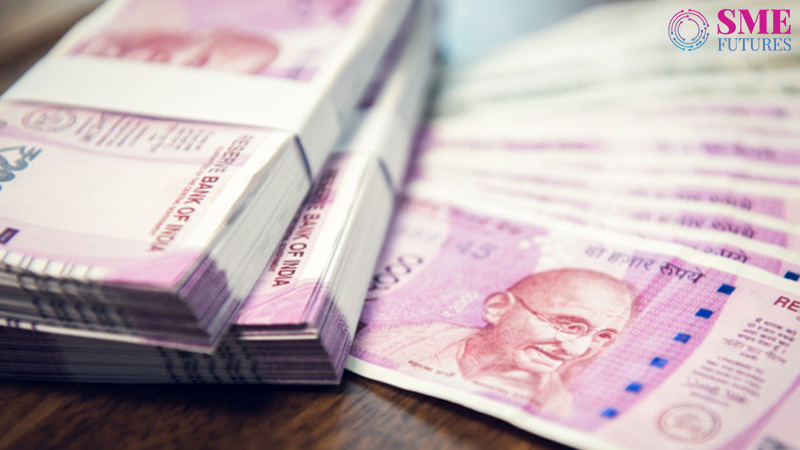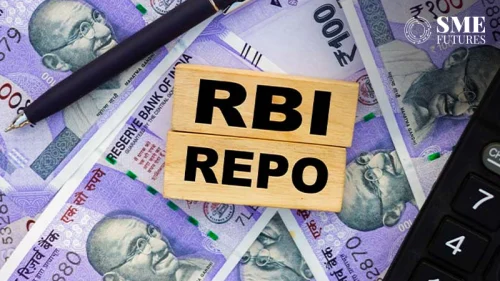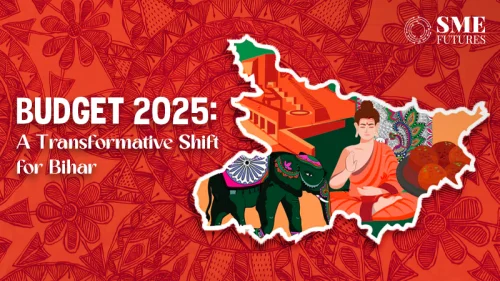Normalisation from COVID-19 economic disruption is expected to take longer in India, Japan, Australia and most of southeast Asia, according to a new report by S&P Global Ratings titled ‘Asia Pacific’s Recovery: The Hard Work Begins.’
“The pandemic is not over but the worst of its economic impact has passed,” said Shaun Roache, Asia Pacific Chief Economist for S&P Global Ratings.
“Governments are adopting more targeted strategies for flattening COVID curves with less recourse to nationwide lockdowns. Households are spending again on services as well as goods.”
COVID-19 is proving hard to beat but fatality rates are falling and prospects have brightened for a widely available vaccine by mid-2021. In the meantime, people are moving and spending more, testament to a world becoming accustomed to COVID-19. Trade, for example, has bottomed.
As a whole, S&P expects Asia Pacific economies to shrink by 2 per cent in 2020 and rebound by 6.9 per cent next year. This will still leave the region almost 5 per cent below the pre-COVID trend by end 2021.
S&P expects India’s economy to contract by 9 per cent in FY21 (as compared to minus 5 per cent forecast earlier) and grow by 10 per cent in FY21 (as compared to 8.5 per cent forecast earlier). A significant proportion of this rebound will be due to very weak base in the current fiscal year.
“The hard work now begins,” said Roache. “As relief measures taper, we will find out how much economic damage has been wrought.”
The S&P report said China will continue to lead Asia’s uneven recovery from COVID-19 economic disruption with 2.1 per cent GDP growth in 2020 and 6.9 per cent in 2021.
Trade and manufacturing will contribute to Asia Pacific’s growth but a self-sustaining recovery will require a service sector rebound. Of Asia Pacific’s 1.63 billion workers, about 270 million or 17 per cent work in manufacturing.
This is a large number but it is only 7 million jobs higher than a decade ago. About 18 per cent of the total or 300 million people work in the hospitality and retail sectors, an increase of more than 60 million jobs over the past decade.
Other services account for more than 440 million jobs. “Only when the service sector normalises will the region get back to full employment,” said the report.











